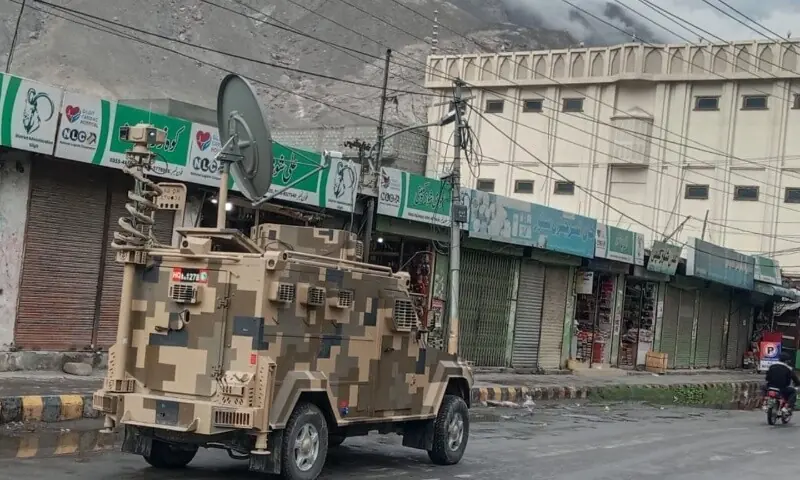Islamabad: The Asian Development Bank says that regional cooperation is essential to mobilize climatic finances, especially the private sector, since Asia requires an estimated $ 1.1 billion a year to address climate change, while with only $ 300 billion currently available in the region, financial needs remain large.
Regional cooperation has already proven effective in the development of sustainable financial markets to increase the required financing. Regional cooperation is essential to monitor and mitigate the macrofinantial risks of climate change. The Regional Financial Security Network requires an improvement of its policy frameworks to manage the climate -related crisis, says the Asian Economic Integration Report that 2025 recently published.
The ADB report indicates that the substantial economic damage and the financial risks of the high vulnerability of Asia to climate change endangers regional financial integration. Asia is affected by the growing frequency and the severity of storms, floods, heat waves and droughts. The threat to the livelihood from the level of sea level is especially pronounced in the region, where 70 percent of the global population vulnerable to the increase in sea level. Immediately, climate -dependent sectors such as agriculture represent a third of employment.
The economic losses of climate change are expected to reach 40 percent in 2100 alarmed by several macroeconomic risks, including revenue losses due demand.
Asia hit the growing frequency and the severity of storms, floods, heat waves and droughts
The report says that preferential trade agreements (PTA) in the Asia and Pacific region remain relatively narrow and superficial and have had a limited impact, although the expansion of the PTA underlines their strong commitment to regional integration and the global connection.
The significant increase in the PTA, which now includes 45PC of all global PTA, underlines Asia’s impulse to expand access to the market and deepen economic associations even in the middle of the slow multilateral progress.
Although the PTAs have increased intragional commercial actions in Asia, their effectiveness is hindered by superficial commitments, complex administrative requirements and limitations in promoting exports diversification and trade of services. Addressing these challenges requires policy reforms aimed at simplifying commercial rules, deepening commitments and aligning the criteria of rules of origin with regional production patterns, suggests.
Asia’s intragional commercial value also increased by an annual average of 8.2PC from 1990 to 2023, faster than extra -regional trade growth at 6.8pc. The report says that economic integration has been fundamental in Asia and the remarkable economic growth of the Pacific and the rapid world influence increase in the last two decades. ADB estimates indicate that Asia’s degree of commercial integration is comparable to that of the European Union plus the United Kingdom.
The report says that global investment patterns have been influenced by geopolitical tensions, as well as the main industrial developments and the environmental policies environment in host economies. ADB estimates suggest that Greenfield investments in sectors exposed to commerce experienced more crisp decreases than other sectors during periods of increase in geopolitical tensions.
South Asia represented almost half of the total Asian migrants. Among the 10 main migrant delivery economies in the region in 2021, migrants from four economies in southern Asia comprised 36.6pc of the total number of migrants. The participation of intragional migration remained at 39.5pc, on average, from 1990 to 2021.
Migration, remittances and tourism, or the movement of people, have remained stable. Financial integration has been the lowest, being lower than in the trade, investment and movement of people, and has been left behind that of the EU+United Kingdom. This progress in regional integration has been supported by several projects, programs and policy dialogue.
Cooperation through commercial facilitation, together with the development of economic and transport corridors, has helped advance integration throughout the region. The expansion of digital connectivity and efforts to address climate change, supported by shared national and regional commitments, are strategic areas for future cooperation and integration in regional public goods.
Accelerate regional cooperation to improve physical and institutional connectivity will increase the competitiveness and resilience of tourism, unlocking the potential of the industry for economic development. International arrivals in Asia grew at an average annual rate of 7.6pc from 2010 to 2019, exceeding the global annual 5.1pc average, increasing the participation of Intarregional tourism from 73.1pc to 77.3pc.
Posted in Dawn, March 31, 2025









